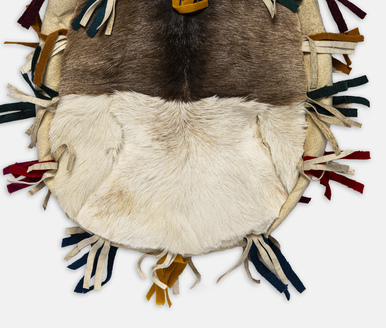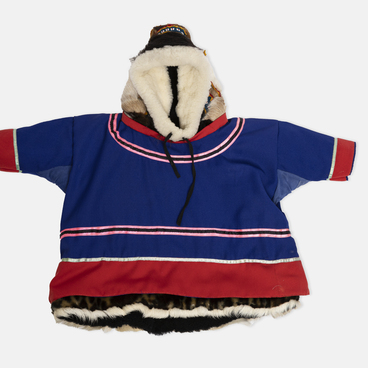Birch bark is one of the most widely used materials in the households of northern peoples. Birches grow everywhere regardless of the climate and soil quality, and their bark is distinguished by unique properties. Birch bark was used to make tableware, storage containers, roof and wall coverings, and cradles for children. Birch bark is a natural antiseptic and heat insulator.
Birch bark harvesting has always been done three times a year, when the sap flows most intensively: in spring before the crust melts, in July when rosehip flowers, and during autumn leaf fall. To remove a layer of birch bark, three incisions are made on the tree: one vertical, down to the bast, and two horizontal ones, designating the area intended for cutting. The harvester then uses their hands and removes the bark from right to left carefully, making sure not to damage it. After that, the rough top layer is cleaned by scraping, and the bark is processed.
Household utensils made of birch bark were considered the most practical, light, and convenient. Birch bark was used to make boxes, containers, and vessels of various sizes. They could be round, oval, or rectangular and could have flat or convex lids. They were used to store tools, clothes, tableware, and food, including liquids.
Large pack baskets were used to carry various cargo. Such baskets were rectangular or trapezoidal. They were convenient for carrying fish, berries, meat, and other goods. When the baskets were not used for carrying anything, their owners still strove to make full use of them and stored food inside them.
The Ethnographic Museum of the Varyogan Village houses a trapezoid basket. It is made of a solid piece of birch bark bent in half. The front and back walls of the basket are the same width, and all the seams are sewn with thread. The upper edge is oval and reinforced with an aluminum rim on the inside. The edges of the sides overlap, and the lower corner joints are coated with tar.
The walls are equipped with wooden sticks on the
outside. Leather loops are sewn to the sticks, with braided threads passing through
them. Leather straps are sewn to the top of the walls. One of the straps is
attached to the lid which is made of two layers of birch bark and has walls of
dark leatherette. The basket’s body and lid have no decorative elements,
although birch bark was often skillfully decorated.






